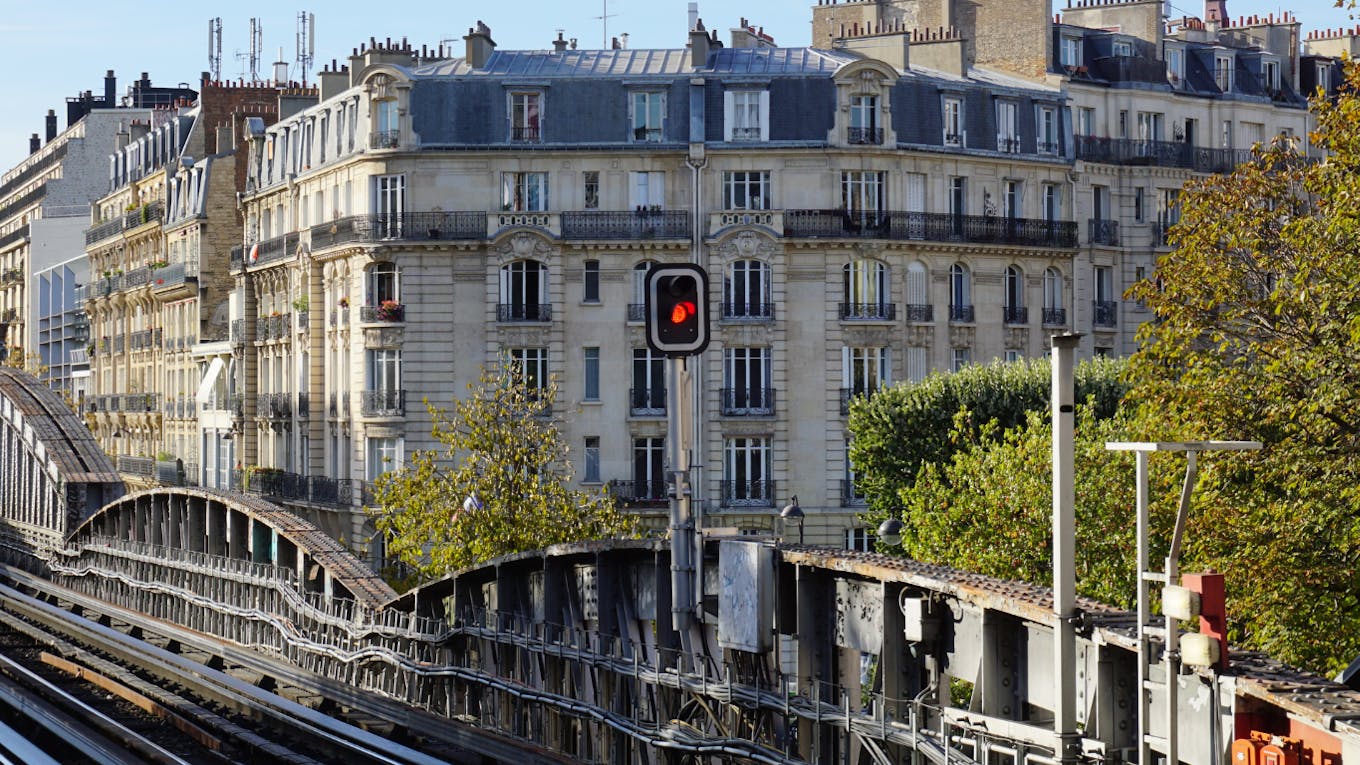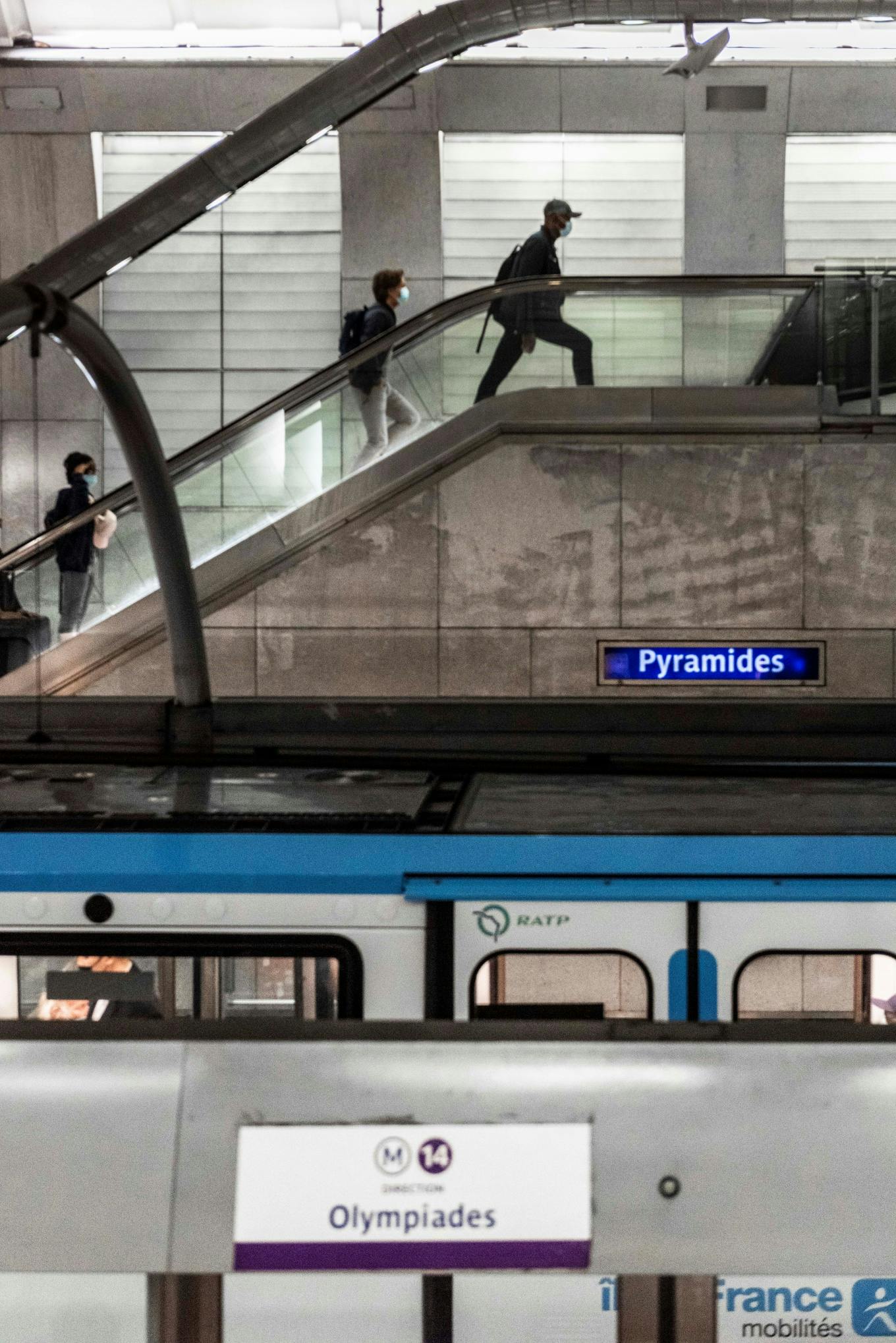Accessibility: the complex case of the Paris metro
Published on
-Updated on
The question of the accessibility of the Paris metro, which is more than 100 years old in some places, is complex. While the historic metro lines are mostly accessible to intellectual, visual and hearing disabilities, they are not entirely accessible to people with reduced mobility and in wheelchairs. Why and how can we guarantee the mobility of the people concerned on the intramural network? Let us explain.

Accessibility in public transport: between obligations and exceptions
On 11 February 2005, the law "for equal rights and opportunities, participation and citizenship of people with disabilities" was passed.
Its text includes the obligation to make public transport networks accessible to all types of disabilities, within a set period of 10 years*.
The exception of the Paris metro network
However, the law of 11 February 2005 includes exceptions concerning the accessibility of underground rail and guided transport networks , of which the Paris metro is a part.
In order for a line not to be subject to the 10-year period, it must have:
- A proven technical impossibility,
- Constraints related to the conservation of the architectural heritage,
- Obvious disproportions between the improvements to be made and their general consequences (very expensive works spread over very long periods with a significant impact on general traffic, without significant improvements in travel conditions for the people concerned).
Exceptional conditions that correspond to the reality of the intramural metro network.

Accessible facilities for the Paris metro
- Line 14 (21 stations) is the only line to date that is 100% fully accessible (from one terminus to another) to all disabilities (including people in wheelchairs),
- 29 100% accessible stations in the Ile-de-France region with the extension of lines 4, 11 and 14
- 68 stations on lines 15, 16, 17 and 18 will be 100% accessible by 2030
- 100% of stations accessible to all disabled people (excluding wheelchair users)
- Trains on lines 1, 2, 3, 4, 5, 6, 9, 11, 13 and 14 are equipped with audible announcements
- The metro lines that are not accessible to people in wheelchairs all have an alternative route by bus, RER or Tramway (routes available from the Me get around page of the Île-de-France Mobilités website).
- All metro line projects designed since 2005 as well as the extension of existing lines are and will be accessible.
Extensions and new projects: they will all be accessible!
All the projects for new stations, new lines, line extensions or new vehicles (metros, buses, trams, RER and trains) implemented after 2005 have been designed in compliance with accessibility standards and offer connections with lines that are also accessible!
Offering an alternative to the historic metro: an imperative for Île-de-France Mobilités!
While not all lines that meet the exceptional conditions are, in essence, subject to the legal deadline, all of them must have an alternative route that is 100% adapted for people in wheelchairs.
This is the case of the Paris metro, which has many alternative routes accessible by bus, tram, RER or with PAM (on-demand transport service at the price of a classic journey for people with reduced mobility).
Understand the complexity of a project to make the historic metro fully accessible
Miles of tunnels, platforms and corridors connected to the city's sewers and water, electricity and gas networks, the tortuous Paris Metro is one of the oldest in the world, in some places more than 120 years old (the first Paris metro line opened in 1,900!).
Historical roots that make it original, but also contribute to the complexity of making it accessible to people with reduced mobility.
Paris metro: between will and reality
In the event that accessibility is possible and therefore envisaged on a line, it would only concern a handful of stations on a route with connections that will not be accessible themselves, a scenario envisaged by Île-de-France Mobilités. However, this configuration offers only partial accessibility to wheelchair users, who would not be able to travel between lines or across the network and could get on at an accessible station at the beginning of the trip and not find an accessible station close to their destination when getting off.
To go a little + further:
- A 2011 study** revealed many complexities and technical infeasibility of making historic metro stations accessible to wheelchair users (they are accessible to all other forms of disability). The possibility of making it accessible only concerns a handful of stops per line.
- Some sites, some stops and some metro entrances are located on places classified as Historic Monuments in a very dense Parisian environment with very little space available to create new accesses or elevator outlets,
- Carrying out accessibility work would present a threat to the current structures with a risk of subsidence and/or collapse on certain lines,
- The work, when feasible, would last several years on the same line (about 7 to 10 years) with costs amounting to billions of euros. They would have a strong impact on general traffic as well as prolonged traffic stoppages on essential and strategic lines.
The Metro Foundations for All
In October 2024, the Assises du métro pour tous were organised, which was an opportunity to launch this major project estimated at more than 20 billion euros over 20 years: makingthe metro accessible.
During these meetings, three major advances were made:
- The launchof a feasibility study for the accessibility of line 6 to the tune of 1 million euros. As line 6 is elevated on a large part of its route, its accessibility is simpler than the rest of the lines. The results of the study are expected in spring 2026.
- 3 million euros have been made available to map the entire metro network and find concrete solutions.
- The creation of a "Metro for all" committee with the Region, the City of Paris, the departments concerned, the RATP and the State for effective and coordinated collaboration between all stakeholders.
Mobility accessible to all
At Île-de-France Mobilités, our vision is that of universal accessibility. We consider that it is the environment in which a person evolves that determines his or her autonomy of movement. In a perfectly accessible environment, there is no longer a disability!
As the reality of our network makes it more difficult for everyone to make our metro lines accessible, we are committed to providing accessible routes on our other means of transport to guarantee the mobility of all our users!
*The law was supplemented in 2014 by ordinances (the Sd'Ap) which set a new deadline (2024) for the implementation of accessibility works.
** 2011 study on a core of stations on the Paris metro network, commissioned by Île-de-France Mobilités from RATP.
